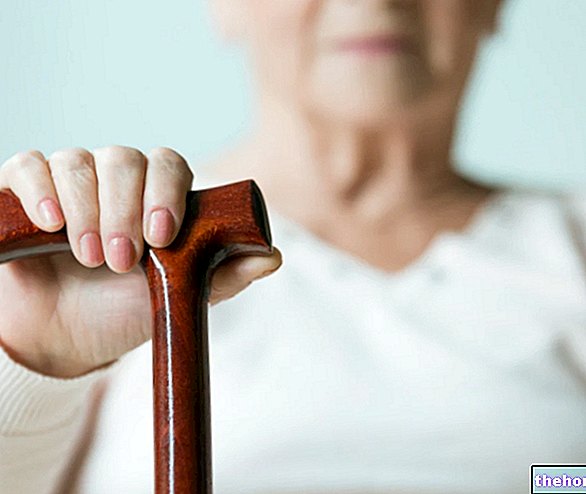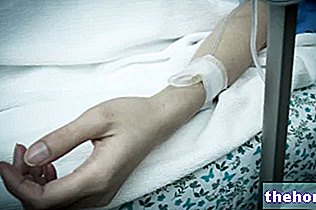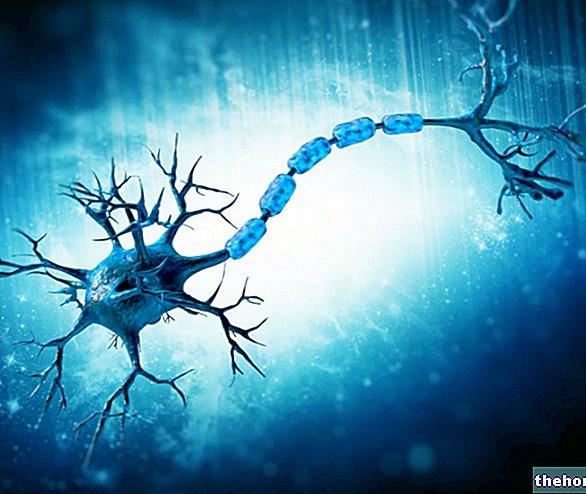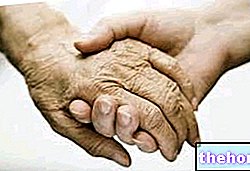Edited by Dr. Sarah Beggiato
«Schizophrenia - Definition, Symptoms, Causes
Treatment of the disease
Since the causes of schizophrenia are still poorly understood, treatments are based on the elimination of symptoms. In particular, available treatments include antipsychotics and various psychosocial treatments.

In 1990, new, so-called second generation or atypical antipsychotics were developed. Among these, clozapine (Clorazil) is effective against psychotic symptoms such as hallucinations, delusions and isolation from reality. However, clozapine can sometimes cause a serious disorder known as agranulocytosis, which is the loss of leukocytes in the blood, white blood cells that are important in fighting infection. Therefore, individuals using clozapine will need to have their leukocytes monitored every one to two weeks.
Other atypical antipsychotics which have been developed and which do not cause agranulocytosis are for example: Risperdal, Zyprexa, Seroquel, Geodon, Abilify and others. The most common adverse effects can be related to physical movements, such as stiffness, tremors or persistent muscle spasms.
It is important to follow the doctor's advice, especially as regards the modalities of drug withdrawal, which must be done gradually and never suddenly. Among the adverse effects of antipsychotics, there are many which then tend to disappear within a few days of taking. People on antipsychotic therapy should not drive until they adapt to the treatment regimen being undertaken. Some of these adverse effects are such as for example dizziness when changing position, drowsiness, tachycardia and others.
It is important to remember that atypical antipsychotics can cause greater weight gain and changes in metabolism, so they can increase the risk of diabetes and elevated cholesterol.
As for psychosocial treatment, this can help people with schizophrenia who are already stabilized by therapeutic treatment. Psychosocial therapy can help sufferers overcome the daily challenges they face as a result of schizophrenia, such as difficulty communicating, self-care, and the ability to relate. Individuals receiving this type of treatment are more likely to continue therapy and are less likely to experience relapses.
The psychosocial program includes disease management skills, rehabilitation, family education, cognitive-behavioral therapy, and group therapy.
See also: Drugs to Treat Schizophrenia "
How to help a person with schizophrenia
First of all, the patient's family represents the first form of help for the patient himself, since the patient often tends not to want to undertake any therapeutic regime. They tend to think they don't need help, because they think hallucinations and delusions are real.
In this case, the intervention of family and friends is essential. Laws vary from country to country and it can be difficult to force a person to want to be treated through a treatment regimen or through hospitalization. However, when there are difficult cases, for example cases of aggression towards family members or towards the patient himself, the police must be called and then hospitalized.
Inpatient treatment will be carried out in an emergency room, where a mental health professional will assess whether voluntary or involuntary admission is required. For individuals who will not voluntarily admit, the law requires the doctor to testify to the psychotic behavior, while family members will have to help doctors make a decision about therapy.
After the period of hospitalization, family and friends will have to help their loved one with schizophrenia to maintain the treatment regimen. If suddenly the sick individual were to discontinue therapy, the symptoms will reappear; the danger lies in the severity with which they can reappear.
It is important not to stress or criticize individuals with mental illness, as this may contribute to worsening symptoms. Telling them when they are doing a good job is the best way to help them.
What are the prospects for the future?
While there is currently no cure, there are some truly effective treatments available. Many people with this disease learn to be quite independent and to lead a satisfying life.
Research continues towards understanding genetic, neuronal and behavioral factors to try to understand the causes and how to prevent onset.























-nelle-carni-di-maiale.jpg)




